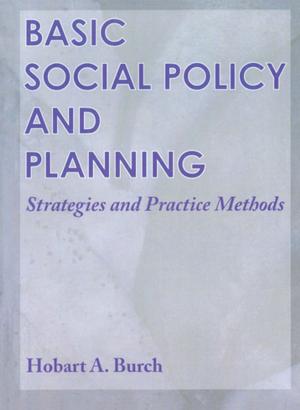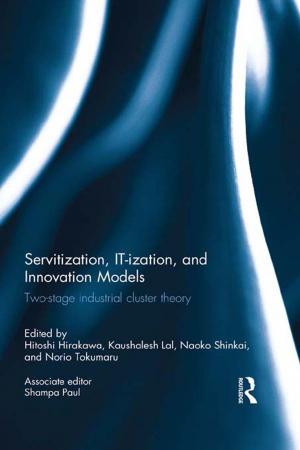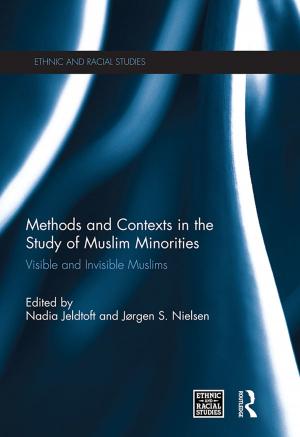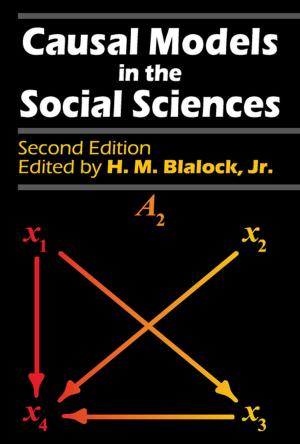Voyage into Language
Space and the Linguistic Encounter, 1500–1800
Fiction & Literature, Literary Theory & Criticism| Author: | David B. Paxman | ISBN: | 9781351874151 |
| Publisher: | Taylor and Francis | Publication: | March 2, 2017 |
| Imprint: | Routledge | Language: | English |
| Author: | David B. Paxman |
| ISBN: | 9781351874151 |
| Publisher: | Taylor and Francis |
| Publication: | March 2, 2017 |
| Imprint: | Routledge |
| Language: | English |
In this new study, author David Paxman demonstrates that ordinary spatial concepts, together with the changing sense of the earth's space brought about by exploration, navigation, and mapping exerted a strong influence on linguistic thought. Paxman illuminates how our thinking about language as a whole, as well as our exploration of languages, developed in ways parallel to our thinking about and exploration of the space we live in, our planet. To the factors to which scholars have generally attributed language thought in the early modern period-the refinement of tools in phonetics, grammar and linguistic history, and the increasing exposure to diverse languages as the world was explored and colonized-Paxman here adds another: spatial exploration and the novel application of spatial concepts. He suggests that language was an unfamiliar space that Europe entered and navigated, facing challenges similar to those posed by terrestrial navigation. He argues that spatial experience influenced linguistic thought in two ways. First, ordinary spatial experience-terrain and boundaries, near and far, journeys and paths, etc.-provided conceptual structures, often novel or inventive, that guided those who investigated the properties of language. Second, expanding horizons, the sense of terrestrial space, and recognition of the difficulties of representing and navigating a spherical earth contributed directly to language thought by offering conceptual structures applicable to this different and equally challenging domain. While Voyage into Language does contribute to the history of linguistics, more broadly it is a treatment of intellectual and cultural history, and an application of cognitive science to language study of the past. As such, it holds appeal for historians and literary scholars as well as linguists.
In this new study, author David Paxman demonstrates that ordinary spatial concepts, together with the changing sense of the earth's space brought about by exploration, navigation, and mapping exerted a strong influence on linguistic thought. Paxman illuminates how our thinking about language as a whole, as well as our exploration of languages, developed in ways parallel to our thinking about and exploration of the space we live in, our planet. To the factors to which scholars have generally attributed language thought in the early modern period-the refinement of tools in phonetics, grammar and linguistic history, and the increasing exposure to diverse languages as the world was explored and colonized-Paxman here adds another: spatial exploration and the novel application of spatial concepts. He suggests that language was an unfamiliar space that Europe entered and navigated, facing challenges similar to those posed by terrestrial navigation. He argues that spatial experience influenced linguistic thought in two ways. First, ordinary spatial experience-terrain and boundaries, near and far, journeys and paths, etc.-provided conceptual structures, often novel or inventive, that guided those who investigated the properties of language. Second, expanding horizons, the sense of terrestrial space, and recognition of the difficulties of representing and navigating a spherical earth contributed directly to language thought by offering conceptual structures applicable to this different and equally challenging domain. While Voyage into Language does contribute to the history of linguistics, more broadly it is a treatment of intellectual and cultural history, and an application of cognitive science to language study of the past. As such, it holds appeal for historians and literary scholars as well as linguists.















